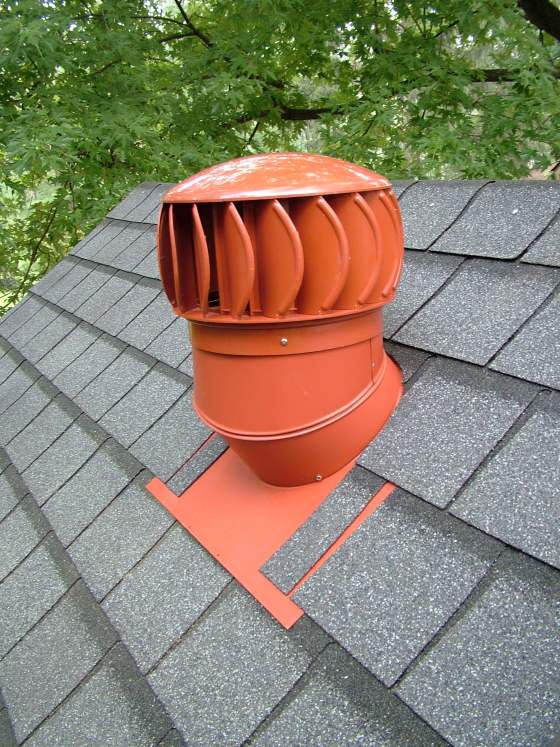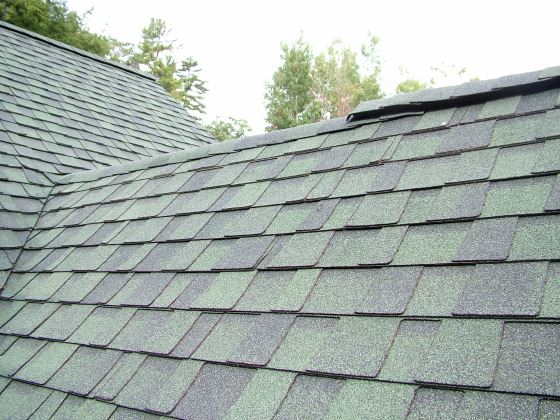Ice, Frost and Water in an Attic

This turbine vent spins with just the slightest breeze. It is but one tool to use when you want superior attic ventilation. PHOTO CREDIT: Tim Carter
DEAR TIM: My wife Ali and I bought an old house 18 months ago. Last winter I noticed condensation and water droplets on the nails that stick through the roof into the attic. At times there was ice and frost on the nails. Boxes stored in the attic were sometimes wet. We had our house resided with vinyl and added two gable vents. Was that a mistake? The house has no vapor retarder between the attic insulation and the second-floor ceiling. Should I install one? What can I do to stop the moisture problem? Brian Z., Kingston, PA
DEAR BRIAN: The water problem is serious but can be easily corrected. Hopefully you have no mildew or wood rot in your attic. If you have dodged these two bullets, consider yourself very lucky. Many people suffer from severe mold and wood rot problems because they simply do not inspect their attic spaces until it is too late.
How do you stop condensation in an attic?
The gable vents you added were a good start, but they are probably not enough. To stop the condensation, you must have a continuous, or nearly continuous, flow of air moving through the attic. This air flow exhausts warmer more humid air that is seeping from your living spaces up into your attic. I happen to believe in abundant and continuous soffit ventilation that allows air to enter at the low portions of the attic space and then exit out the top of the roof through wind-powered turbine vents.

Roof Ridge Vent
Why do roofing nails show condensation first?
The water develops on the roofing nails first because they readily conduct cold. When you see water and ice on the nails, the actual temperature of the nails is at or below the dew point of the air in the attic that is saturated with water vapor. You see this same thing happen in summer months when you place a glass of cold water or a can of cold soda or beer on an outdoor table. If you live anywhere but the Southwest, water droplets usually form on the cold outer surfaces of the glass or can within minutes.
Will a vapor retarder help? Why not?
Adding a vapor retarder on the warm side of the insulation between the attic and the living areas of your home might be a problem. Not only is it difficult to do, but it might also create hidden problems. If cold attic air somehow makes it way through a weak spot in the insulation, it may cause water to condense on the underside of the vapor retarder. Many in the building technologies sector feel vapor retarders are great in wall cavities, but should be avoided in most ceilings.
What is the best way to allow water vapor to escape from the attic?
The better solution is to let the water vapor escape into the attic but quickly escort it to the outside of your home. As I already said, turbine vents coupled with abundant intake air at the soffit level will keep your attic nice and dry.
In addition, be sure you do not have any exhaust air from any fans or dryers emptying into the attic space. Bathroom and kitchen exhaust fans can pump vast amount of water vapor into an attic in a short amount of time. Clothes dryers are even worse. They can pumps gallons of water into an attic space in just an hour or so. All of these fans and appliances must be vented directly to the exterior of your home. Never allow them to exit near the soffit intake vents as the humid air will then be drawn into the attic space without your knowledge.
I prefer to pipe exhaust air through the attic in solid smooth metal pipe. Several fan companies make special roof caps made for venting the humid air outdoors. They are leak-proof if installed correctly.
2 Responses to Ice, Frost and Water in an Attic